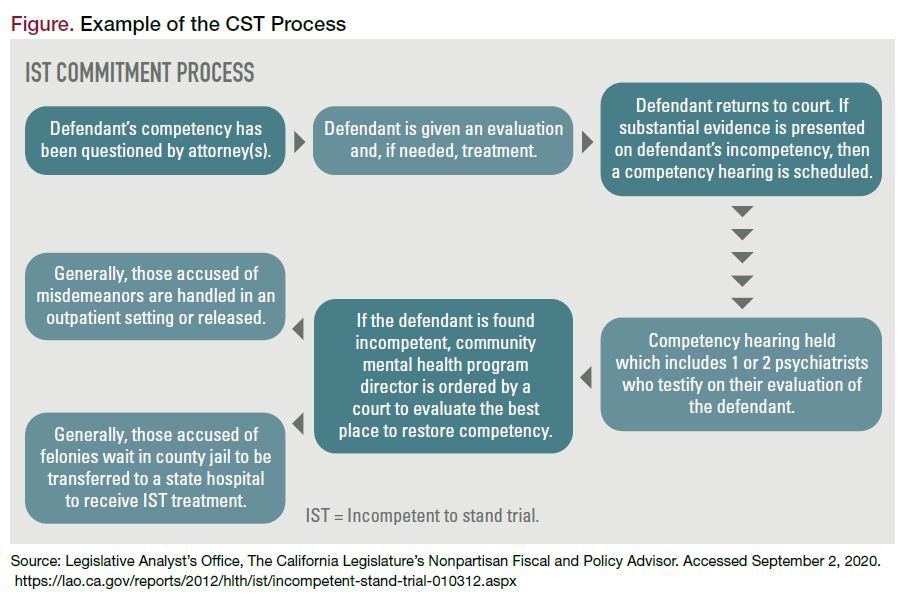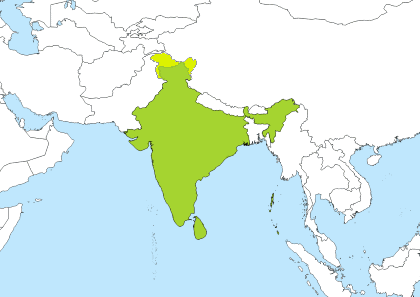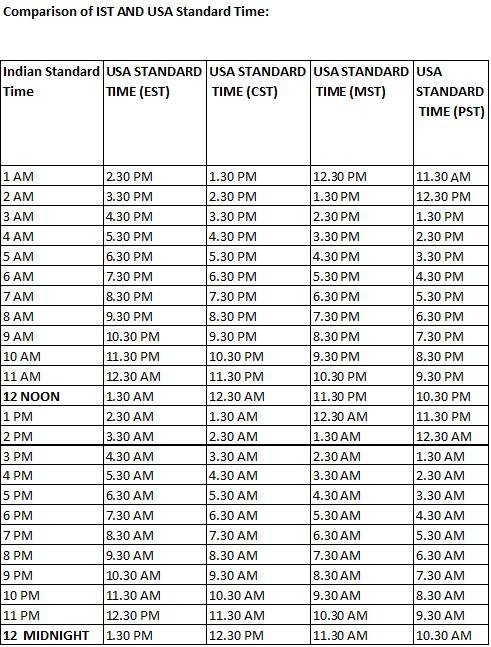

Update your report to use this new column in place of your original date/time column.This is how data will show up for tooltips and perhaps the report itself depending on how you’ve set it up.


Then, under the modeling tab in the formatting section, you can format the calculated column to display data in any number of ways.LocalTime = FORMAT(Tweets-TIME(7,0,0),”General Date”) Enter the following equation, replacing red text with your unique data: NewColumnName = FORMAT( DataTableName – TIME( 5,0,0), “General Date”)For example:.In the Data tab of Power BI, create a new column in your data source ( not a new measure).Most programming languages have libraries to help you converting time zones, calculating by hand might not be a good idea because of the variety of. This means you might have convert time zones to calculate timestamps. There is only one Unix time and it is created by using the UTC/GMT time zone. Instead of using your “modified,” “created” or other date field in your report, we’ll create a new calculated column in Power BI to use with an accurate time zone. Time zone list / Epoch to time zone converter. Even if your SharePoint site’s regional settings are correct (or whichever data source you’re pulling from), Power BI could convert it to the wrong time zone upon import.


 0 kommentar(er)
0 kommentar(er)
